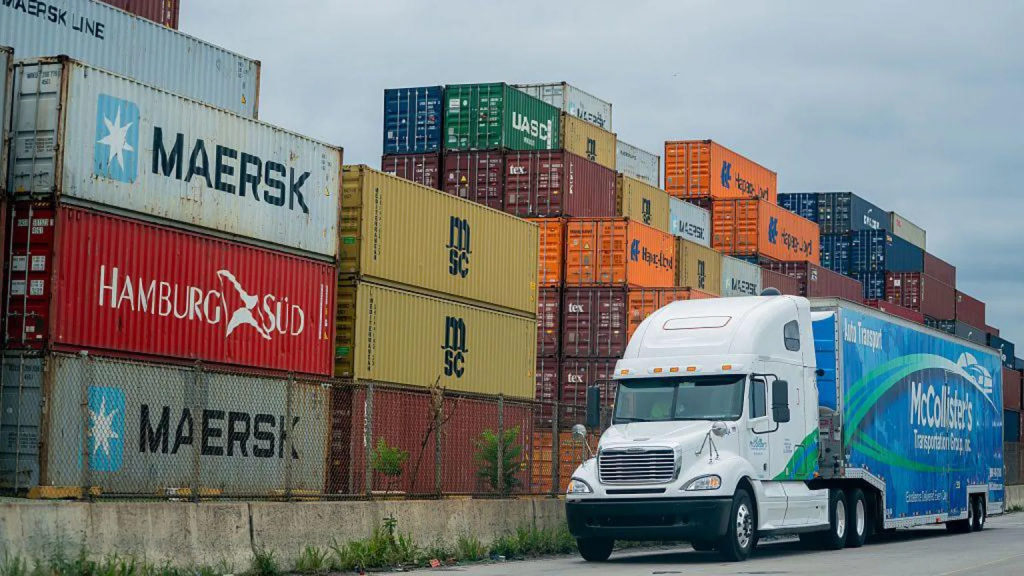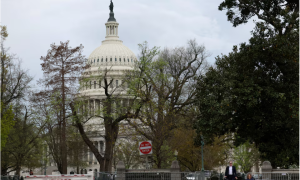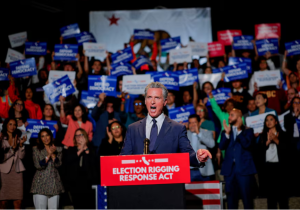Producers in the US raised their prices at the fastest pace in more than three years last month as companies grappled with new costs from tariffs introduced by US President Donald Trump.

The producer price index, which measures the selling price commanded by US producers, jumped 0.9% from June to July, after being flat the previous month, according to the Labor Department.
That was a much bigger leap than the 0.2% forecast by analysts, who predict that the higher wholesale prices will soon mean higher prices for US consumers.
The report renewed worries about inflation in the months ahead, despite recent data showing that the increase in consumer prices had held steady at 2.7% in July.
The average effective tariff rate in the US has soared since Trump has come into power and put new levies on most goods entering the country.
He says tariffs, which are a tax on imports, will raise money for the government and give US manufacturers an edge over their foreign competitors.
But economists have warned that expanding production in the US will be costly and difficult and that the primary impact of the new levies will be higher costs for businesses and consumers.
Analysts said the building inflation pressures could also complicate calls for the US central bank to lower interest rates, as Trump has demanded.
The Federal Reserve sets its policy independent of the White House. It has held off on cuts so far this year, worried that cutting rates at a time when tariffs are expected to push up prices could risk re-igniting inflation.
But a string of weak job growth, combined with cooler-than-expected inflation, had increased pressure on the bank to give the economy a boost by lowering borrowing costs.
Treasury Secretary Scott Bessent earlier this week called on the Federal Reserve to cut its key lending rate by half a percentage point at its next meeting in September.
“The large upside surprise in producer prices highlights the dilemma the Federal Reserve faces,” wrote Matthew Martin, senior US economist at Oxford Economics.
“The big picture remains that inflation is further away from the Fed’s target than the unemployment rate and is likely to climb further over the coming months.”
The 0.9% over-the-month jump in US producer inflation was the biggest reported since June 2022, the height of post-pandemic inflation in the US.
Wholesale prices for services, which includes things such as warehousing and investment advice, jumped 1.1%.
Meanwhile, wholesale prices of goods jumped 0.7% from June to July, according to the report, with nearly half of that increase coming from higher food prices.
Prices for categories heavily exposed to tariffs, such as home furniture and apparel, also increased.
“New tariffs are continuing to generate cost pressures in the supply chain, which consumers will shoulder soon,” Samuel Tombs, chief US economist at Pantheon Macroeconomics, wrote after the report.
Reposted from the BBC

